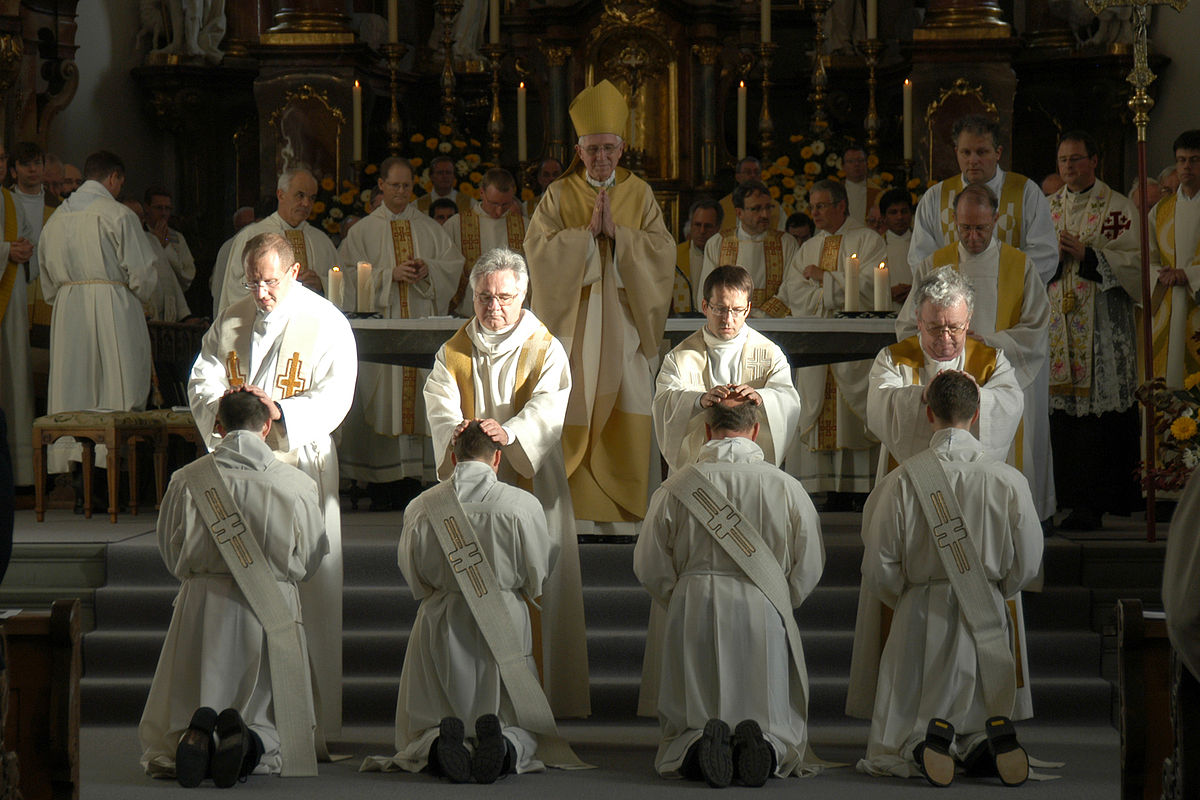To maintain order, the Christian community needed some authority to discipline or even oust those who misbehaved. It had to organize to survive in the midst of an empire originally committed in principle to its suppression. Prophets, or teachers, appeared in the very first churches, the informal groups of Christians organized by the missionaries; soon elders, overseers, and presidents followed.
More and more, an overseer (Greek episkopos) exercised authority over a compact administrative area, referred to as his see; this was the bishop, who became the key figure in church administration. It was claimed that each see had been founded by one of the original apostles, and its bishop thus held office through apostolic succession. Since it had been Jesus himself who had chosen the apostles, every bishop, in effect, became his direct spiritual heir. Groups of bishoprics or episcopal sees were often gathered together into larger units under an archbishop, or head overseer (archiepiskopos).
At the top of the hierarchy stood the bishop of the imperial capital, Rome itself, the father of them all— papa, or “pope”—who claimed supreme authority. The prestige of Rome contributed powerfully to his claim. So did the association of Peter and Paul with Rome. Jesus had said to Peter, “Thou art Peter and upon this rock I will build my church”—a celebrated pun, since the Greek word for Peter is Petros, and that for rock is Petra.
Because Peter had been martyred in Rome, the bishops of that city could claim that Christ himself had picked Rome as the “rock” upon which to build, a claim that was embodied in the “Petrine theory.” The bishops of the great cities of the eastern Mediterranean—Alexandria and Antioch—however, claimed to exercise a paternal rule equal in authority to that of the pope. They called themselves patriarch (fatherly governor). Still later, after Constantinople had been made the imperial capital (A.D. 330), its bishop, also a patriarch, would oppose papal claims to supremacy.
With the removal of imperial government from Rome, the popes gradually made themselves more and more responsible for the government of the great city.
And as the barbarians began to pour in and Rome itself came under attack, the pope became the surviving symbol of the old Roman sense of order and certainty— a rock indeed. A succession of outstanding men became bishop of Rome, notably Leo the Great, also known as Pope Leo I (r. 440-461). A theologian, splendid administrator, and brave man, he helped save the city from the invading Hun, Attila. By the time of the breakup of the Roman Empire in the fifth century, few in the West would have disputed the claim of papal supremacy. The papacy had emerged as the firmest institution in a new and unstable world.
The government of the church had taken shape gradually, in response to need. The church strengthened its organization by utilizing the existing political machinery of the Roman Empire, placing its major officials in centers that were already administrative capitals. Bishops and archbishops, meeting in council, determined which religious ideas or practices would be accepted and which rejected, which writings were truly Christian and which false.
In this way the church selected the twenty-seven canonical books of the New Testament, written in Greek, and the Old Testament writings as preserved in a Greek translation from the Hebrew. In the Greek (or Eastern) church today these orthodox versions are still in use; in the Roman (or Western) church the Latin version, called the Vulgate and made by Jerome after 386, is used.

